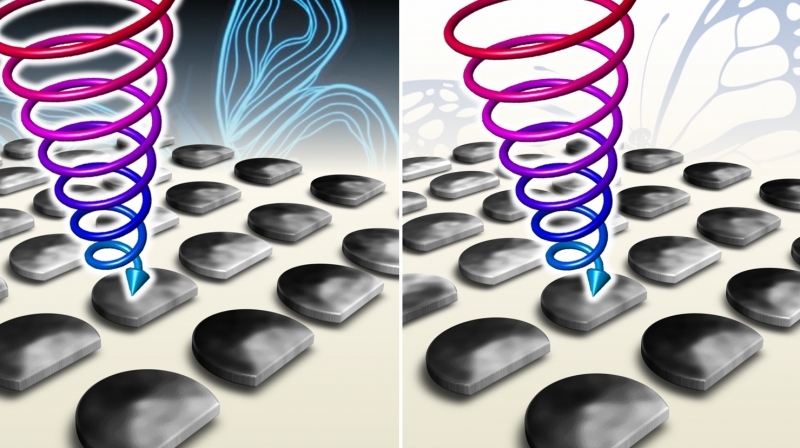A team of researchers, led by Prof. Ki-Suk Lee (School of Material Science and Engineering) has captured the first experimental evidence of chaos effect in spintronics research. This study also demonstrated an approach to control the nano-sized magnetic vortex structures.
This new way of computing, so called “Spintronics” will bring a new information processing era, thereby allowing computers to effectively process information at much faster speeds.
UNIST led the study and also involved scientists from Daegu Gyeongbuk Institute of Science and Technology (DGIST) and Lawrence Berkeley National Laboratory (LBNL) in Berkeley, United States of America.
In the study, Prof. Lee’s research team explained that the intrinsic stochastic nature of vortex creation can be controlled by adjusting the interdisk distance in asymmetric disk arrays.
This research finding was appeared online in Nature Communications on December 17, 2014.
Journal Reference:
Mi-Young Im, Ki-Suk Lee, Andreas Vogel, Jung-Il Hong, Guido Meier, “Stochastic formation of magnetic vortex structures in asymmetric disks triggered by chaotic dynamics.” Nature Communications 5, Article number: 5620.
















